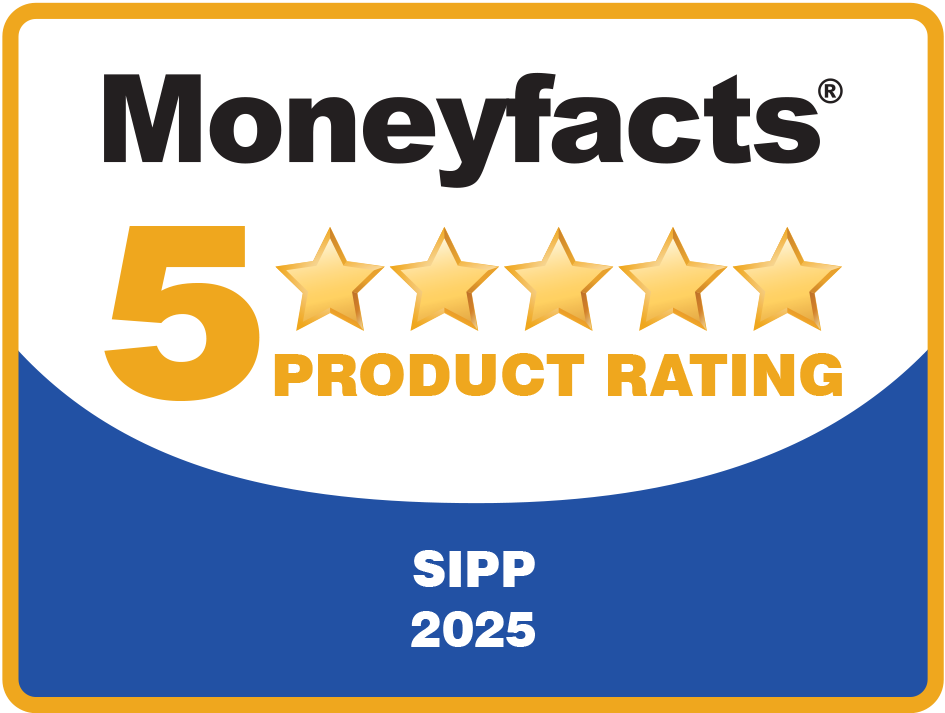4 key pension takeaways from the Autumn Budget
Although the Budget may seem to have taken place some time ago, we are still trying to recover from it!
The build-up to the first Labour Budget in 14 years and the media speculation as to what may or may not happen to pensions was something we had not experienced before. This BBC article was typical of what the press was reporting in the weeks and months leading up to 30 October.
Our communication with advisers and clients increased significantly. Advisers were telling us that clients were going against their advice, only for clients to then contact IPM directly asking us what we thought was going to happen!
Two key areas where people were most concerned the chancellor was going to announce reforms were:
- A change in the amount of tax relief available on pension contributions
- A potential cap on the amount of pension commencement lump sum (PCLS).
We saw a significant increase in the amount of PCLS requests in October, with over 400% more benefit payment requests processed during this period compared to October 2023.
In the end, Rachel Reeves touched neither tax relief nor PCLS in the Budget. What the chancellor actually announced and the influence this will have on people’s financial plans is one for another day, although there were still some important announcements, which will affect pensions going forward.
Here are our four “pension” takeaways from the Budget.
1. Defined contribution pensions to be included in the scope of Inheritance Tax (IHT)
The only real pension-related announcement during the Budget may have been fleeting but has the potential to have the biggest impact.
The government proposes that, from April 2027, the value of unused funds in defined contribution arrangements such as SIPPs will be included in an individual’s estate when calculating whether Inheritance Tax (IHT) will be due.
This is a big shift from the current position, where benefits up to the Lump Sum Death Benefit Allowance (LSDBA) can be passed onto nominated beneficiaries free of Income Tax where a death occurs before age 75. If death happens after the age of 75, benefits are subject to the recipient’s marginal Income Tax rate.
It is important to note that this announcement is subject to a consultation period, which is due to end on 22 January 2025. Consequently, the proposals in the consultation document will likely be subject to change before we know how this significant change will look in reality.
However, here is what we know as things stand today:
- From April 2027, pension scheme administrators will become responsible for reporting and paying any IHT due on the value of pension benefit held for a member who passes away.
- Scheme administrators will need to provide the personal representative with the valuation of pension benefits, and it will be their responsibility to inform the scheme administrator as to the level of IHT due from the pension.
- With the deadline for paying any IHT due being six months from the end of the month in which the death occurred, it will be important for pension scheme administrators to be made aware of the death as soon as possible. As a bespoke provider, our thoughts turn to a scenario whereby a SIPP has little liquidity (for example, when it is fully invested in commercial property).
- The spousal exemption to IHT will be extended to pensions.
- Distribution to benefits from a pension where a death occurs after the age of 75 will still be subject to Income Tax at the recipient’s marginal rate after any IHT has been paid.
The final point here is an interesting one, as Fidelity identifies a scenario where beneficiaries could pay an effective tax rate of 67% when inheriting pension benefits.
- Where IHT is due, £100 of pension savings would be subject to 40% IHT, leaving £60.
- If a client dies after the age of 75, this money would then be subject to the beneficiary’s marginal rate of Income Tax.
- In the worst case this would be 45%, resulting in the beneficiary receiving just £33 – an effective tax rate of 67%.
This may be something that is challenged and evolves during the consultation period.
2. Transfers to qualifying recognised overseas pension schemes (QROPS)
After the removal of the Lifetime Allowance in April 2024, there was a potential that a transfer to a qualifying recognised overseas pension scheme (QROPS) could see an individual benefit from double entitlement to PCLS – both from the UK pension scheme before transfer and then upon receipt of the benefits at the receiving scheme.
This was because transfers in the European Economic Area (EEA) and Gibraltar were excluded from the Overseas Transfer Charge (OTC). The OTC was 25% applied at the point of transfer and so, in effect, negated any benefit from taxing the PCLS.
However, the Budget confirmed that this exclusion was to be removed for any transfers that had not been completed by the time of the announcement.
3. Capital Gains Tax (CGT)
There was concern prior to the Budget that there would be a significant overhaul to the CGT regime. While changes were announced, the general consensus seems to be that these were relatively mild compared to some predictions.
With effect from 30 October, the lower rate of CGT for basic-rate taxpayers will increase from 10% to 18%. The higher rate will increase from 20% to 24%.
Changes to the CGT rates that apply to Business Asset Disposal Relief (BADR) and Investor’s Relief will also be phased in. From 6 April 2025, these rates will increase from 10% to 14% and, from 6 April 2026, these will increase further to 18%.
With these increases in mind, it is important to remember that registered pension schemes are not subject to CGT on asset disposal. The potential CGT saving could be significant for large assets such as commercial properties that clients hold in a SIPP.
4. Employer National Insurance (NI)
For a period in the build-up to the Budget, some speculated that the chancellor would include employer pension contributions as payments that would count towards a company’s employer NI bill.
While this did not come to fruition, there was an announcement that the rate of employer NI will increase from 13.8% to 15% from 6 April 2025.
With employer pension contributions remaining outside the scope for employer NI contributions, company pension contributions can continue to be a tax-efficient way of extracting money from a business.
Get in touch
If you want to have a chat about the potential of SIPPs for your clients, or any other aspects of pension planning, please contact us. Email info@ipm-pensions.co.uk or call 01438 747151.
Please note
The above is based on IPM’s understanding of the announcements made in the Budget of 30 October 2024, are subject to change, should not be relied upon and should not be received as advice.



